I’ve gotta be honest here…I’ve always regarded comic books and graphic novels as sort of “second-hand citizens” of the book world. I mean, personally, I’m not going to curl up in my armchair with a cup of tea and a…comic book. It’s just not going to happen!
However, even though comic books and graphic novels aren’t on my own “must read list,” this doesn’t mean that they don’t have value. In fact, they have a TON of value – particularly for boys, reluctant readers, and kids in general.
Comic books and graphic novels aren’t easy, mindless reads, either. Many of them have extremely valuable content. And readers have to understand how the images and text work in conjunction in order to comprehend the text.
Not only do comic books and graphic novels provide valuable reading practice, but they also make great mentor texts for teaching writing! I love teaching students about the features of comics, and then having them create their own comic strips. Once they’ve mastered certain skills in the context of comic writing, they are better able to apply those skills to traditional fiction writing.
In this post, I’ll describe 4 writing skills you can teach through comics, give ideas for helping students transition from writing comics to writing stories, provide some free downloads, and give some suggestions for primary-friendly comic strips/graphic novels!

Writing Skills To Teach with Comic Books and Graphic Novels
1. Onomatopoeia
When I think about comic books, the first thing I think about is those little bursts that say things like “POW!” and “WHAM!” You can show students examples of onomatopoeia (words that are spelled to represent sounds) in comic books, discuss what effect onomatopoeia has on the reader, and have students write their own comic strips with onomatopoeia.
Once students have experience with using onomatopoeia in their comics, show students how it can be integrated into story writing. Model and/or show them a mentor text that uses onomatopoeia. Then ask students to try it out in a personal narrative, realistic fiction, fantasy, or other fiction piece that they are writing.
2. Character thoughts and speech
When children write narratives, they sometimes leave out dialogue and the thoughts of characters. However, when they are familiar with how speech bubbles and thought bubbles are used in comics and graphic novels, they can add these features to their own comic strips.
Once students are able to include speech and thought bubbles in their comics, I teach them how to apply that to narrative writing. I start by showing students an image of a character and speech bubble. Then, I model how to take that scene and turn it into written dialogue. After some guided practice on whiteboards (turning speech bubbles I show them into written dialogue), I have students try adding dialogue to their own fiction writing. You can use a similar process for teaching students how to include character thoughts in their writing.
3. Order of events
An important component of reading and writing comic strips is the order of events. Students need to know how to follow one scene to the next, as well as put their own scenes in order when writing comics. When you’re first teaching students how to read and write comics, you can cut apart kid-friendly comics and have students put them back in order.
After students have mastered writing comic strips with the events in order, you can have them turn each box in their strip into a page in a book. On each page, they describe what is happening in the box, as well as include any onomatopoeia, dialogue, and/or character thoughts from that box.
4. Transition words
Many comic strips include transition words like “Later…” to explain when things are happening in the story. Find examples of these transition words in comic books or graphic novels, and discuss the effect that these transition words have on the reader. Emphasize how important it is for us to understand when things are happening in the story so that it makes sense. You can also talk about elapsed time, or how authors show that time has passed without including all of the events that happened during that time period.
After students have practiced including transition words in comic strips, have them try them out in their own fiction writing. As I described in the example above with order of events practice, have them turn each box of a comic strip into a page of a story. Encourage students to add a transition word at the beginning of each page.
Comic Writing Freebies
If you’d like to have students create their own comic strips, download 4 blank templates by clicking on the image below. These are taken from my Second Grade Writing Workshop Unit 5 (a unit that starts out with having students write comics and then apply those skills to realistic fiction writing):
Primary-Grades Friendly Comic Strips and Graphic Novels
Check out these resources for 1st and 2nd grade friendly comic strips and graphic novels!
- http://bennyandboone.com
- http://www.peanuts.com
- Patrick Eats His Peas and Other Stories (Geoffrey Hayes)
- Patrick in a Teddy Bear’s Picnic (Geoffrey Hayes)
- Benny and Penny in Lights Out! (Geoffrey Hayes)
- Benny and Penny in the Big No No! (Geoffrey Hayes)
- Benny and Penny in Just Pretend (Geoffrey Hayes)
- Benny and Penny in the Toy Breaker (Geoffrey Hayes)
- The Shark King (R. Kikuo Johnson)
- Mad and Chad: The Biggest, Bestest Time Ever! (Stephen McCranie)
- Mad and Chad: Food Fight! (Stephen McCranie)
- Mad and Chad: Belly Flop! (Stephen McCranie)
- Maya Makes a Mess (Rutu Modan)
- Silly Lilly and the Four Seasons (Agnes Rosenstiehl)
- Owly and Wormy: Friends All a Flutter (Andy Runton)
- Owly: Just a Little Blue (Andy Runton)
- Little Mouse Gets Ready (Jeff Smith)
I didn’t list them above because I wanted to provide less well-known resources, but any of the Elephant and Piggie books are wonderful, too!
If you teach 2nd grade and are looking to have your students do some realistic fiction writing, check out my writing workshop unit 5. Kids love the activities because they get to start out by writing comic strips! You’ll love how engaged they are and seeing how their comic strip writing skills can transfer to writing realistic fiction.
Have you used comic strips or graphic novels to teach writing? Please share your ideas in the comments!
Resources:
Chase, M., Son, E.H., & Steiner, S. (2014). Sequencing and graphic novels with primary-grade students. The Reading Teacher, 67, 435-443.
Disclosure: Amazon affiliate links are included in this post.

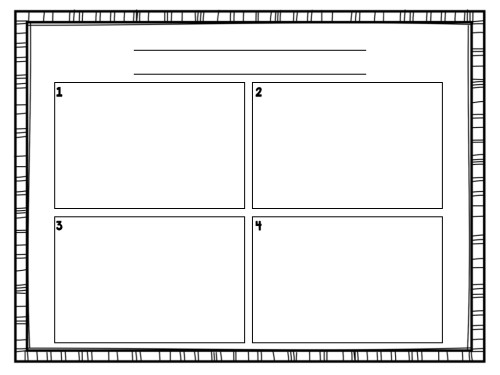
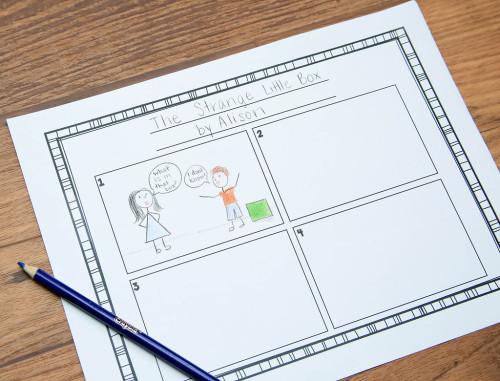
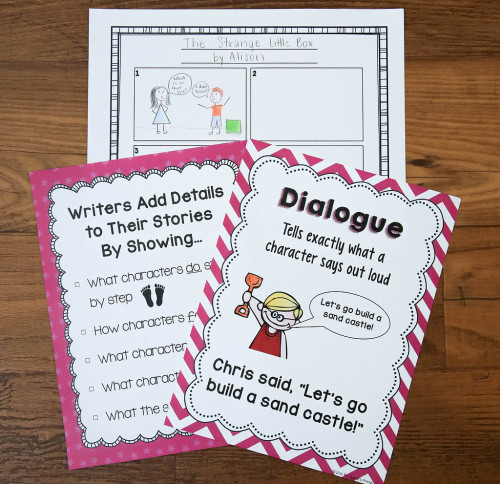

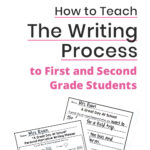
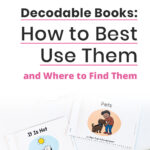
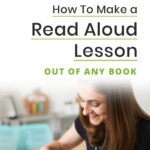

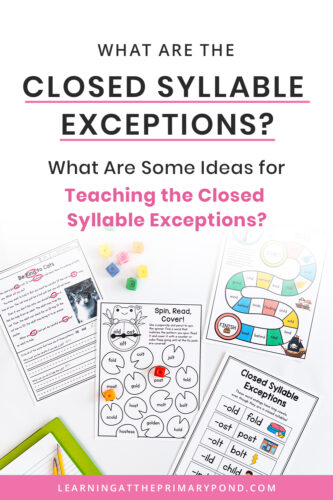
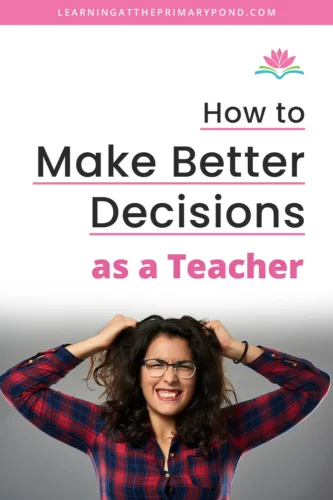






I have just found your blog and it is very nice and cute blog, I like your beginning design simple but attractive enough with the soft colour. I have not applied comic strip for teaching writing yet but hopefully I’ll do later because I take comic as my thesis tittle. I downloaded the comic frame for free that you provided. thank you. your blog is helpful 🙂